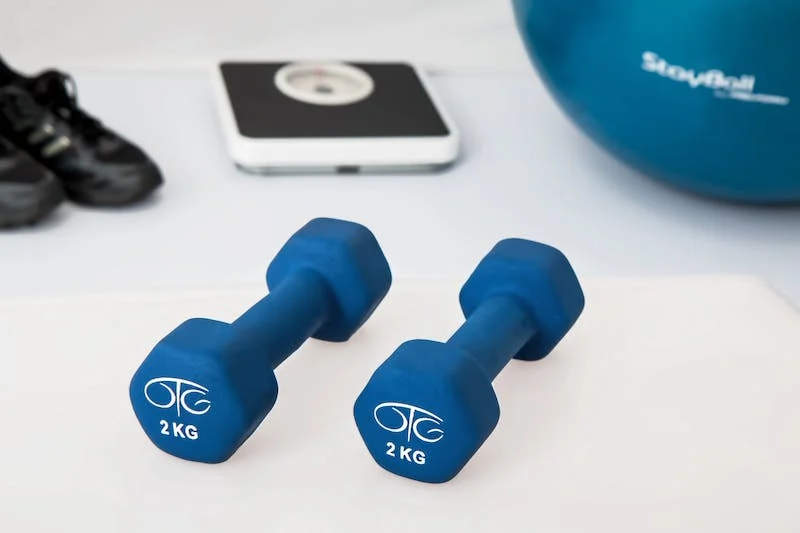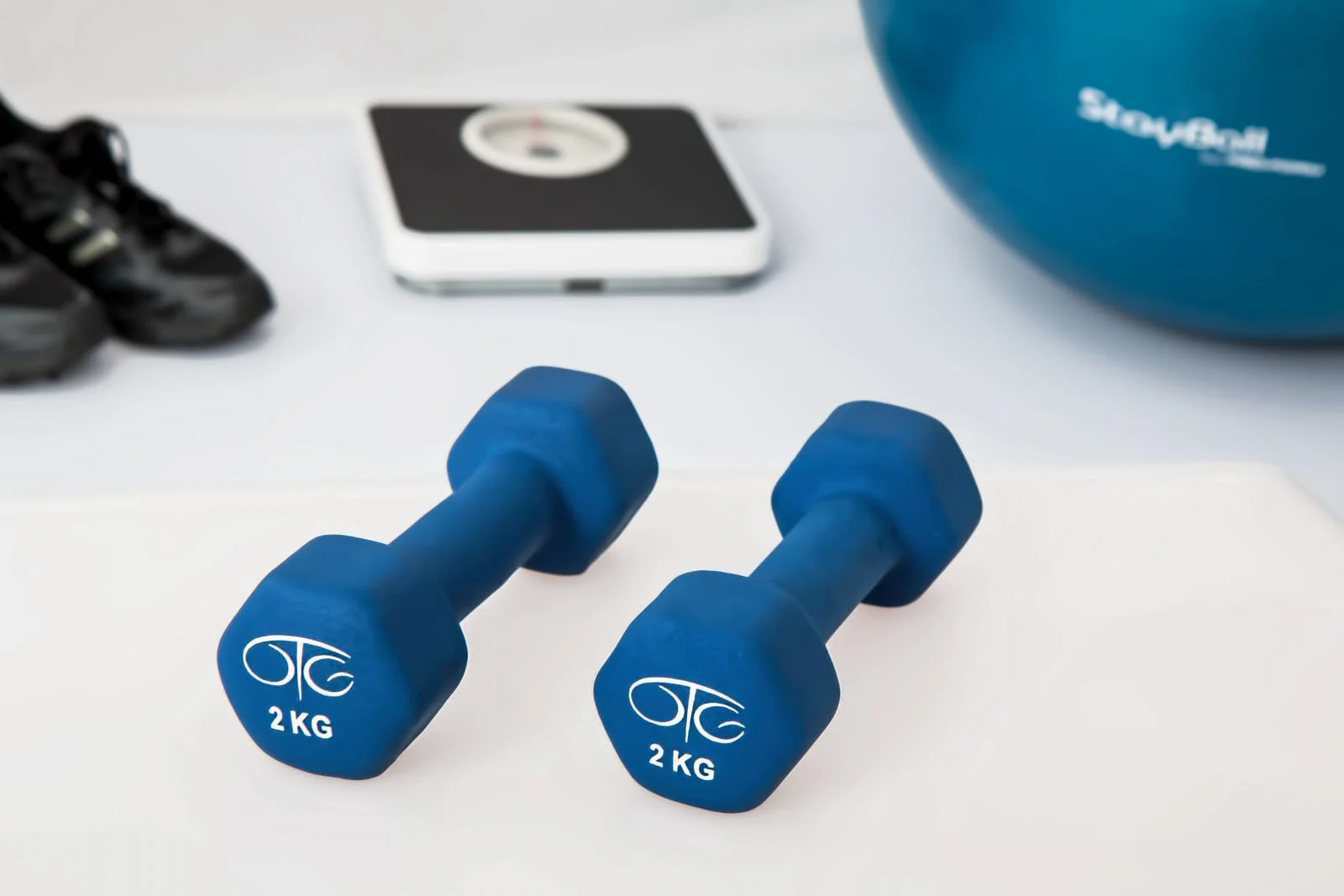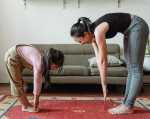Author Interviews, Exercise - Fitness / 19.09.2023
Morning Workout Is Promising Tool for Weight Control
WeightControl.com Interview with:
 Tongyu Ma, Ph.D., MBBS, ACSM EP-C
Assistant Professor of Exercise Physiology
Franklin Pierce University
WeightControl.com: What is the background for this study?
Response: The benefit of Moderate-to-Vigorous Physical Activity (MVPA) on weight management is widely recognized. We found that timing also matters. Individuals who accumulated MVPA in the early morning had lower BMI and WC, compared to those whose MVPA were in the midday or evening.
(more…)
Tongyu Ma, Ph.D., MBBS, ACSM EP-C
Assistant Professor of Exercise Physiology
Franklin Pierce University
WeightControl.com: What is the background for this study?
Response: The benefit of Moderate-to-Vigorous Physical Activity (MVPA) on weight management is widely recognized. We found that timing also matters. Individuals who accumulated MVPA in the early morning had lower BMI and WC, compared to those whose MVPA were in the midday or evening.
(more…)
 Tongyu Ma, Ph.D., MBBS, ACSM EP-C
Assistant Professor of Exercise Physiology
Franklin Pierce University
WeightControl.com: What is the background for this study?
Response: The benefit of Moderate-to-Vigorous Physical Activity (MVPA) on weight management is widely recognized. We found that timing also matters. Individuals who accumulated MVPA in the early morning had lower BMI and WC, compared to those whose MVPA were in the midday or evening.
(more…)
Tongyu Ma, Ph.D., MBBS, ACSM EP-C
Assistant Professor of Exercise Physiology
Franklin Pierce University
WeightControl.com: What is the background for this study?
Response: The benefit of Moderate-to-Vigorous Physical Activity (MVPA) on weight management is widely recognized. We found that timing also matters. Individuals who accumulated MVPA in the early morning had lower BMI and WC, compared to those whose MVPA were in the midday or evening.
(more…)

 Tom Arild Torstensen
Department of Neurobiology, Care Sciences and Society
Division of Physiotherapy,
Karolinska Institutet, Huddinge, Sweden and
Holten Institute, Stockholm, Sweden
MedicalResearch.com: What is the background for this study?
Response: People suffering from pain due to knee osteoarthritis (OA) is a major and increasing problem. There there is today good scientific evidence for different forms of exercise therapy, but there is no agreement regarding what type of exercises and what dose of exercise therapy is best. Thus, we wanted to investigate if high dose medical exercise therapy is superior to low dose.
Tom Arild Torstensen
Department of Neurobiology, Care Sciences and Society
Division of Physiotherapy,
Karolinska Institutet, Huddinge, Sweden and
Holten Institute, Stockholm, Sweden
MedicalResearch.com: What is the background for this study?
Response: People suffering from pain due to knee osteoarthritis (OA) is a major and increasing problem. There there is today good scientific evidence for different forms of exercise therapy, but there is no agreement regarding what type of exercises and what dose of exercise therapy is best. Thus, we wanted to investigate if high dose medical exercise therapy is superior to low dose.
























